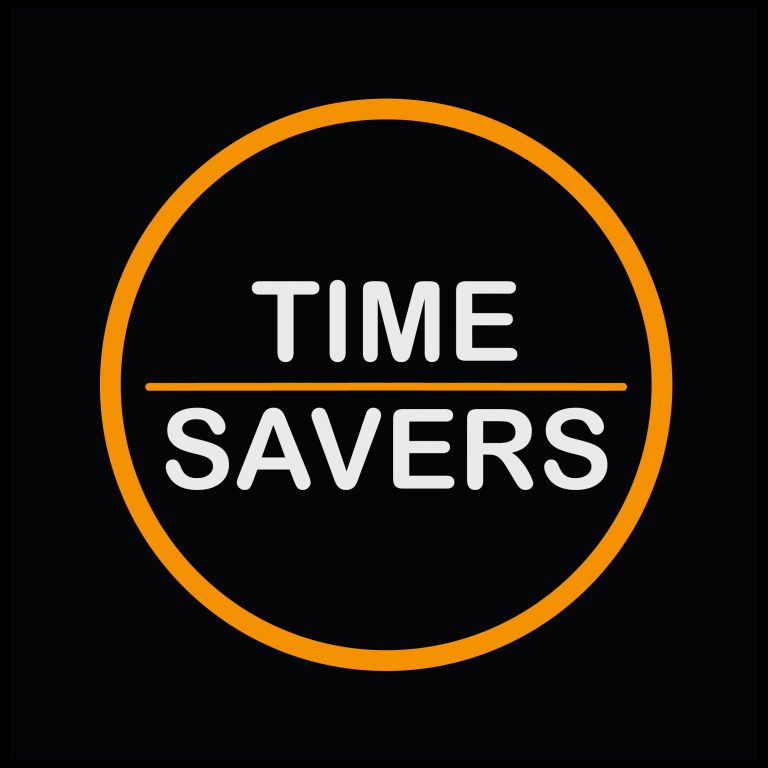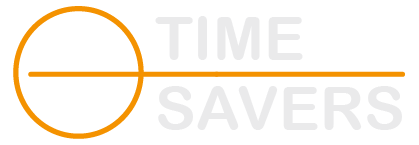Meet Our Heroes
White Owl Leatherworks isn’t your typical leather goods brand. This is a one-person operation run by a craftsman with serious talent and a vision: to build a business around handmade, fantasy-inspired leather products that speak directly to a niche but passionate audience.
Every wallet, journal cover, dice tray, and laptop sleeve is hand-engraved with designs pulled straight from the worlds of tabletop RPGs, sci-fi, fantasy literature, and gaming culture. We’re talking intricate artwork that makes a Dragon Age fan or Dungeons & Dragons player stop scrolling and say, “I need that.”
The brand’s style is unmistakable. Unlike competitors who rely on laser engraving or mass production, White Owl’s approach is hands-on, artistic, and deeply personal. Each piece feels like it belongs in a campaign setting or a writer’s creative sanctuary. It’s not just functional. It’s narrative-driven.
But despite the skill, the artistry, and the uniqueness of the product, White Owl Leatherworks was still stuck in the same place many talented solo makers find themselves: great product, no consistent sales system. The craftsman had the vision and the skill. What he didn’t have was a marketing engine that could turn his craft into a reliable income.
Their Goals
The goal was clear and grounded: build White Owl Leatherworks into a self-sustaining business with a minimum monthly gross revenue of $7,500. That number wasn’t arbitrary. It represented stability, creative freedom, and the ability to focus full-time on the craft without relying on inconsistent word-of-mouth sales or Etsy algorithms.
But there was more to it than just hitting a revenue target. The craftsman behind White Owl wanted to build a brand, not just sell products. He wanted to create a recognizable identity in the fantasy and gaming space. He envisioned a future where White Owl wasn’t just known for beautiful leather goods, but also for fostering a community of writers, gamers, and creatives who shared his aesthetic and values.
He wanted to do this sustainably, with a system that didn’t require him to constantly hustle for every sale. The dream was simple: wake up, make beautiful things, and let the marketing do its job in the background.
The Challenge
White Owl Leatherworks had never run paid ads before. Zero experience. No campaigns, no funnels, no retargeting, no pixel tracking. The craftsman had poured his heart into his products, built a small following organically, and shipped items internationally based on referrals and social media posts. But growth was slow, inconsistent, and unpredictable.
The challenge wasn’t the product. The product was exceptional. The challenge was visibility. Without a paid advertising strategy, White Owl was competing in an overcrowded Etsy marketplace where discoverability was a lottery. And even though the brand had a distinct style and a loyal niche audience, that audience didn’t know White Owl existed yet.
There were other obstacles too. The niche itself, while passionate, is hyper-specific. Writers, journalers, D&D players, and fantasy readers are scattered across platforms and interests. Finding them, speaking to them in the right way, and converting them into buyers required strategic targeting and creative messaging that felt authentic, not salesy.
And then there was the budget. With a starting advertising spend of just $2,000 per month, we had to be smart, surgical, and relentless about efficiency. Every dollar had to count. We couldn’t afford to waste spend on broad audiences or generic creative. We needed precision, storytelling, and a deep understanding of what makes this audience tick.
Finally, there was the branding itself. White Owl had the foundations of a great brand, including a compelling tagline concept (“Wind and Solace”) and aspirations to build a community around the products. But the brand identity wasn’t fully activated yet. It needed structure, voice, and consistency across platforms to feel like more than just a maker’s side hustle.
Our Process
Phase One: Audience Research and Platform Strategy
Before we spent a single dollar, we needed to understand who we were talking to and where they lived online. White Owl’s ideal customer wasn’t just “people who like leather goods.” They were gamers rolling d20s on Friday nights. They were writers journaling in fantasy-inspired notebooks. They were travelers who wanted their laptop sleeve to look like it came from a forgotten kingdom.
We dug into the psychographics: What do they watch? Where do they hang out? What do they value? What makes them pull out their credit card?
The answer was layered. These were people who valued craftsmanship, uniqueness, and storytelling. They wanted products that felt personal and meaningful, not mass-produced. They were active on Instagram and Facebook in niche communities (fantasy art pages, D&D groups, bullet journaling circles). They watched YouTube videos about worldbuilding, game reviews, and creative workflows. And they searched Google for specific items like “handmade leather dice tray” or “D&D journal cover.”
Based on this, we built a multi-platform strategy:
- Facebook and Instagram would be our brand awareness and conversion engines, using storytelling-driven creative and hyper-targeted interest audiences.
- YouTube would serve as a secondary discovery platform, introducing White Owl through video ads to people watching content about fantasy, gaming, and creative hobbies.
- Google Ads would capture high-intent search traffic from people already looking for exactly what White Owl makes.
We also set up tracking infrastructure: Facebook Pixel, Google Analytics, conversion events, and audience segmentation. Without this, we’d be flying blind.
Phase Two: Creative Development and Brand Messaging
White Owl’s product photography was already strong, but we needed to translate that into scroll-stopping ad creative. We worked closely with the craftsman to develop a visual and messaging framework that felt authentic to the brand’s voice while also being designed to convert.
We leaned heavily into the storytelling angle. Instead of generic product shots, we created ads that framed each item as part of a larger narrative:
- “Your next campaign deserves a dice tray this epic.”
- “Every great story starts with the right journal.”
- “Built by hand. Engraved with legend. Made for adventurers.”
Each ad showcased the intricate hand-engraved designs, the texture of the leather, and the functionality of the product. We highlighted the craftsmanship and the fantasy themes that made White Owl different from competitors using laser engraving or generic designs.
We also tested multiple creative formats: carousel ads showing different product angles, video ads featuring close-ups of the engraving process, and lifestyle imagery showing the products in use (a dice tray mid-game, a journal on a writer’s desk, a wallet in someone’s pocket).
The messaging was intentionally casual and inclusive, matching the craftsman’s own voice. We avoided overly polished corporate language and instead wrote like we were talking to a friend who just discovered something cool.
Phase Three: Campaign Launch and Iteration
We launched with a structured funnel approach:
Top of Funnel (Awareness):
Broad interest targeting on Facebook and Instagram aimed at people who follow fantasy art pages, D&D groups, leather crafting communities, and bullet journaling accounts. The goal here was to introduce White Owl to cold audiences and build a retargeting pool.
Middle of Funnel (Consideration):
Retargeting ads for people who engaged with the top-of-funnel content but didn’t purchase. We showed them different products, customer testimonials, and close-up shots of the craftsmanship to build trust and desire.
Bottom of Funnel (Conversion):
Dynamic product ads and abandoned cart retargeting for people who visited the website or added items to their cart. These ads included urgency messaging (“Limited stock available”) and social proof (“Join hundreds of adventurers who trust White Owl”).
On Google, we launched Shopping Ads and Search campaigns targeting high-intent keywords like “handmade leather dice tray,” “fantasy journal cover,” “D&D leather accessories,” and “engraved leather wallet.” We also bid on competitor brand names and related terms.
YouTube ads were designed as short, cinematic spots showcasing the engraving process and the finished products, targeting people watching content about tabletop gaming, fantasy worldbuilding, and creative hobbies.
From day one, we monitored performance obsessively. We tested audiences, creative variations, headlines, and calls-to-action. We killed underperforming ads fast and scaled winners aggressively. Every week, we refined the campaigns based on real data.
Phase Four: Scaling and Community Building
By month two, the campaigns were humming. We had identified winning creative, dialed in our audiences, and established a predictable cost-per-purchase. Now it was time to scale.
We increased the budget strategically, focusing on the platforms and audiences that delivered the highest ROAS. We expanded into lookalike audiences based on purchasers and site visitors, which gave us access to new but highly relevant potential customers.
We also started building the foundation for White Owl’s community vision. We encouraged customers to share photos of their products on social media and tag the brand. We created a branded hashtag and featured customer stories in retargeting ads. The goal was to make White Owl feel like more than a store—it was a tribe for creatives, gamers, and adventurers.
We introduced limited-edition designs and seasonal drops to create urgency and repeat purchases. We tested email flows for abandoned carts, post-purchase follow-ups, and product launches. Everything was designed to turn one-time buyers into loyal fans.
Results
Within four months, White Owl Leatherworks went from zero paid advertising to a fully self-sustaining business exceeding the $7,500 monthly revenue target.
Here’s what we achieved:
- ROAS: 6.2x across all platforms, meaning every dollar spent on ads generated $6.20 in revenue—a strong return for a handmade, high-margin product in a niche market.
- Monthly Revenue: $8,900+ in gross sales by month four, surpassing the initial goal and creating a stable income stream for the craftsman.
- Cost Per Purchase: $18.50 on average, well below the customer lifetime value and allowing for healthy profit margins even after ad spend.
- Conversion Rate: 3.8% on the website, significantly higher than the industry average for eCommerce, driven by high-quality traffic and compelling product pages.
- Return Customer Rate: 22%, indicating that people who bought once were coming back for more, a critical metric for long-term sustainability.
- Google Search Impressions: 47,000+ in the first three months, with White Owl now ranking on page one for several high-intent keywords in the fantasy and gaming leather goods space.
- YouTube Video Views: 120,000+ from ad campaigns, introducing the brand to tens of thousands of potential customers in the gaming and creative communities.
Beyond the numbers, White Owl Leatherworks had transformed from a side hustle into a real business with predictable revenue, a growing customer base, and the foundation for long-term brand building. The craftsman could now focus on what he loved—making beautiful, handmade leather goods—while the marketing system ran in the background, bringing in new customers every single day.






